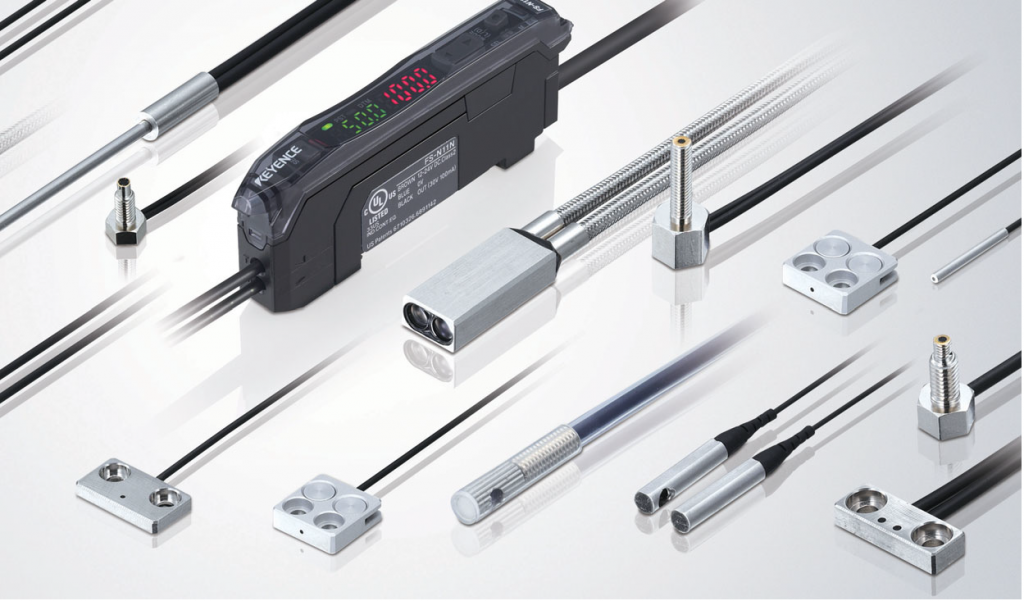What is Fiber Optic Sensor? How does it work ?

The developed device system that converts light energy into electrical signals is defined as a fiber optic sensor. In fiber optic sensors designed as a receiver and transmitter, light falls on the object via fiber optic cables. Simple measurements can be made with this system, which is ideal in harsh environmental conditions. There is a full reflection principle in the fiber optic sensor cable, and with this principle, light travels long distances without losing energy.
What is Fiber Optic Sensor?
Sensors that can convert the state of objects into a measurable light signal can be defined as fiber optic sensors. This sensor system consists of fiber optic cables connected to a remote sensor or amplifier. These cables carry light in areas far from the sensor or in areas where it is not possible for the sensor to enter. When the fiber optic sensor features are examined;
- The sensor system is free from electrical interference as it does not contain an electrical circuit.
- It can be used reliably in chemically treated areas, thanks to the absence of the possibility of sparking.
- It does not pose an electrical shock hazard to the person performing the repair.
- It has the advantage of easy installation.
Types of Fiber Optic Sensors
Fiber optic sensors ; can be improved in terms of precision, adaptability, intelligence and compactness. With this development, fiber optic sensor types have emerged. fiber optics;
- Multimodal digit index,
- Multi-mode gradient index
They can be considered as single-mode fibers . Apart from this, fiber optic systems;
- Glass fiber optic
- Plastic fiber optics are separated. While glass fiber optics are used in demanding applications, plastic fiber optics offer the opportunity to be used for different purposes with their bendable and cut-to-length structure.
How Does a Fiber Optic Sensor Work?
Basic working principle; Optical fiber receivers and fiber optic sensors, which send the light from the light source to the modulator, can have two different measurement principles. In the first measuring principle, physical measuring type fiber optic sensors use the sensitivity of fiber optics to environmental change. The second type of measurement is the structured fiber optic sensor principle, which consists of the sensitive element, the transmission loop and the measuring circuit. When fiber optic sensors are examined in general, the principle of full reflection comes to the fore, so light and energy are not lost.
What Does a Fiber Optic Sensor Do?
According to the general working principle, fiber optics are used to transmit light over long distances. It is resistant to external resistance and at the same time, it can be used easily in various terrain conditions with its flexible structure. Extremely sensitive sensors are obtained with lights that are sensitive due to their structure. Optical fibers are used to detect light from the source and transmit it from the detection zone to the detector.
Where Is Fiber Optic Sensor Used?
The usage area of the products, which have a variety according to the features of the area to be preferred, is quite wide. Especially in places where working area conditions are difficult, operations can be performed with fiber optics. In addition, fiber optic sensor usage areas include;
- Refinery systems
- Pharmacy transactions (for pill counting etc.)
- Chemical treatments
- Mining industry transactions
- Used in robotics and moving mechanisms, etc. areas where this system is used.
